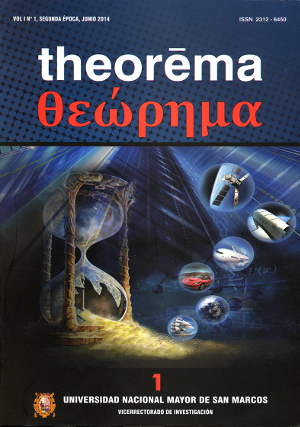Efecto del uso de anticuerpos policlonales IgY frente a bacterias cariogénicas en la formación del biofilm
Keywords:
Streptococcus mutans, Lactobacillus acidophilus, Actinomyces viscosus, IgY, biofilm.Abstract
The aim of this project was to determine the effect of the use of polyclonal antibodies IgY, which were obtained from egg yolk of hens immunized against the major cariogenic bacterias (Streptococcus mutans, Lactobacillus acidophilus and Actinomyces viscosus). It was able to purify specific antibodies for S. mutans and A. viscosus, obtaining an average of 100 mg of IgY from each egg, which showed high specificity and reaction when were faced against the corresponding antigen using the serological method of agglutination. There were not found antibodies for Lactobacillus acidophilus. The presence of IgY anti S. mutans and anti A. viscosus reduced biofilm formation by presenting 22% of bacteria adhesion in comparison with the control group which presented 78% of bacteria adhesion. The use of polyclonal Antibody IgY specific to cariogenic bacteria decreased biofilm formation by altering its characteristics. Obtaining specific antibodies against oral bacteria will form the basis for in vivo studies aimed at the prevention of dental caries so they would decrease and alter the characteristics of dental biofilm.Downloads
Published
Issue
Section
License
Copyright (c) 2016 Elba Estefanía Martínez Cadillo, Edith Rosario Chávez Alvarado, Hilda Moromi Nakata, César Augusto Bonilla Ferreyra, Donald Ramos Perfecto, Julio César Mendoza Fernández, Maggie Andrea Estrada Martinez

This work is licensed under a Creative Commons Attribution-NonCommercial-ShareAlike 4.0 International License.

Theorema segunda época by Vicerrectorado de Investigación y Posgrado is licensed under a Creative Commons Reconocimiento-NoComercial-CompartirIgual 4.0 Internacional License.
Creado a partir de la obra en http://revistasinvestigacion.unmsm.edu.pe/index.php/Theo/index.
AUTHORS RETAIN THEIR RIGHTS:
a. Authors retain their trade mark rights and patent, and also on any process or procedure described in the article.
b. Authors retain their right to share, copy, distribute, perform and publicly communicate their article (eg, to place their article in an institutional repository or publish it in a book), with an acknowledgment of its initial publication in the Theorema segunda época.
c. Authors retain theirs right to make a subsequent publication of their work, to use the article or any part thereof (eg a compilation of his papers, lecture notes, thesis, or a book), always indicating the source of publication (the originator of the work, journal, volume, number and date).



